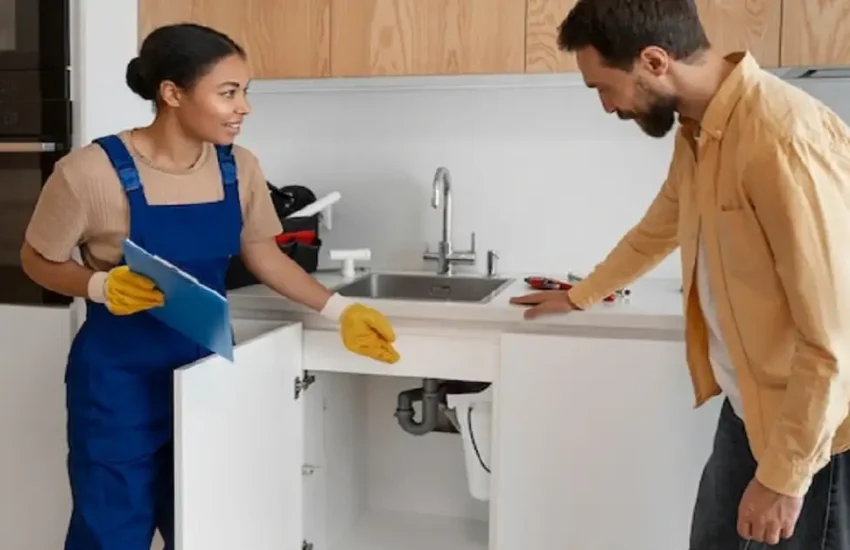The Importance of Timely Water Damage Restoration
Water damage can strike unexpectedly, causing significant damage to properties and belongings. Timely water damage restoration is crucial to mitigating the adverse effects of such incidents. This article explores the importance of prompt water damage restoration and how it can save you from extensive repairs and health risks. By understanding the implications of delaying water damage restoration, homeowners and property managers can make informed decisions that preserve their property and well-being.
Understanding Water Damage
Water damage occurs when excess water intrudes into an area where it can cause harm. This can result from various sources, including:
- Burst pipes
- Leaking roofs
- Flooding
- Sewage backups
- Appliance malfunctions
The extent of water damage can vary, from minor issues like damp walls to major concerns such as structural damage. Recognizing the source and extent of water damage is essential for effective restoration.
Why Timeliness Matters in Water Damage Restoration
1. Preventing Mold Growth
One of the most pressing reasons for immediate water damage restoration is to prevent mold growth. Mold thrives in damp environments, and water damage creates perfect conditions for its proliferation. Mold not only causes structural damage but also poses serious health risks, including:
- Allergic reactions
- Respiratory issues
- Weakened immune system
By addressing water damage quickly, you reduce the risk of mold growth and its associated health hazards.
2. Minimizing Structural Damage
Water can compromise the structural integrity of buildings. Prolonged exposure to moisture can lead to:
- Wood rot
- Weakening of foundations
- Rusting of metal components
Prompt restoration helps preserve the structural stability of your property, reducing the need for extensive repairs and safeguarding your investment.
3. Reducing Repair Costs
The longer water damage remains untreated, the more severe the damage becomes. Delays in restoration can lead to:
- Increased repair costs
- Higher insurance premiums
- Potential for permanent damage
Timely intervention minimizes these costs by addressing problems before they escalate, making restoration more affordable and manageable.
4. Protecting Personal Belongings
Water damage can ruin personal belongings such as:
- Furniture
- Electronics
- Documents and photographs
Immediate restoration efforts can salvage these items by removing excess water and applying specialized treatments. This not only helps in preserving your possessions but also reduces the emotional stress associated with losing cherished items.
Steps in Timely Water Damage Restoration
1. Assessment and Inspection
The first step in water damage restoration is a thorough assessment and inspection of the affected area. This involves:
- Identifying the source of water
- Evaluating the extent of damage
- Determining the type of water involved (clean, gray, or black)
This assessment guides the restoration process and ensures that all affected areas are addressed.
2. Water Extraction
Once the assessment is complete, the next step is water extraction. This process involves:
- Removing standing water using pumps and vacuums
- Dealing with residual moisture through dehumidifiers and air movers
Effective water extraction prevents further damage and prepares the area for drying and repair.
3. Drying and Dehumidification
Drying and dehumidification are critical for preventing mold growth and structural damage. Techniques used include:
- Using high-speed fans to accelerate drying
- Employing dehumidifiers to remove moisture from the air
- Monitoring humidity levels to ensure proper drying
This step ensures that all affected materials are thoroughly dried to avoid future issues.
4. Cleaning and Sanitizing
After drying, the affected area needs cleaning and sanitizing to remove any contaminants. This includes:
- Disinfecting surfaces to kill bacteria and mold spores
- Cleaning carpets and upholstery to remove dirt and moisture
- Addressing any sewage contamination with specialized treatments
Proper cleaning and sanitizing help maintain a healthy living environment and prevent secondary damage.
5. Restoration and Repair
The final step in the process is restoration and repair, which involves:
- Repairing or replacing damaged structural components
- Restoring affected surfaces such as walls and flooring
- Addressing any cosmetic damage to return the property to its original condition
This phase ensures that the property is fully restored and functional.
Conclusion
Timely water damage restoration is essential for protecting your property, health, and belongings. By addressing water damage promptly, you can prevent mold growth, minimize structural damage, reduce repair costs, and preserve your possessions. Understanding the importance of immediate restoration and following the appropriate steps can help you navigate the challenges of water damage and maintain a safe, functional living environment.
For more information on water damage restoration and to ensure a swift response to water emergencies, contact a professional restoration service today.
References
- National Flood Insurance Program (NFIP)
- Institute of Inspection, Cleaning and Restoration Certification (IICRC)
- Environmental Protection Agency (EPA)


